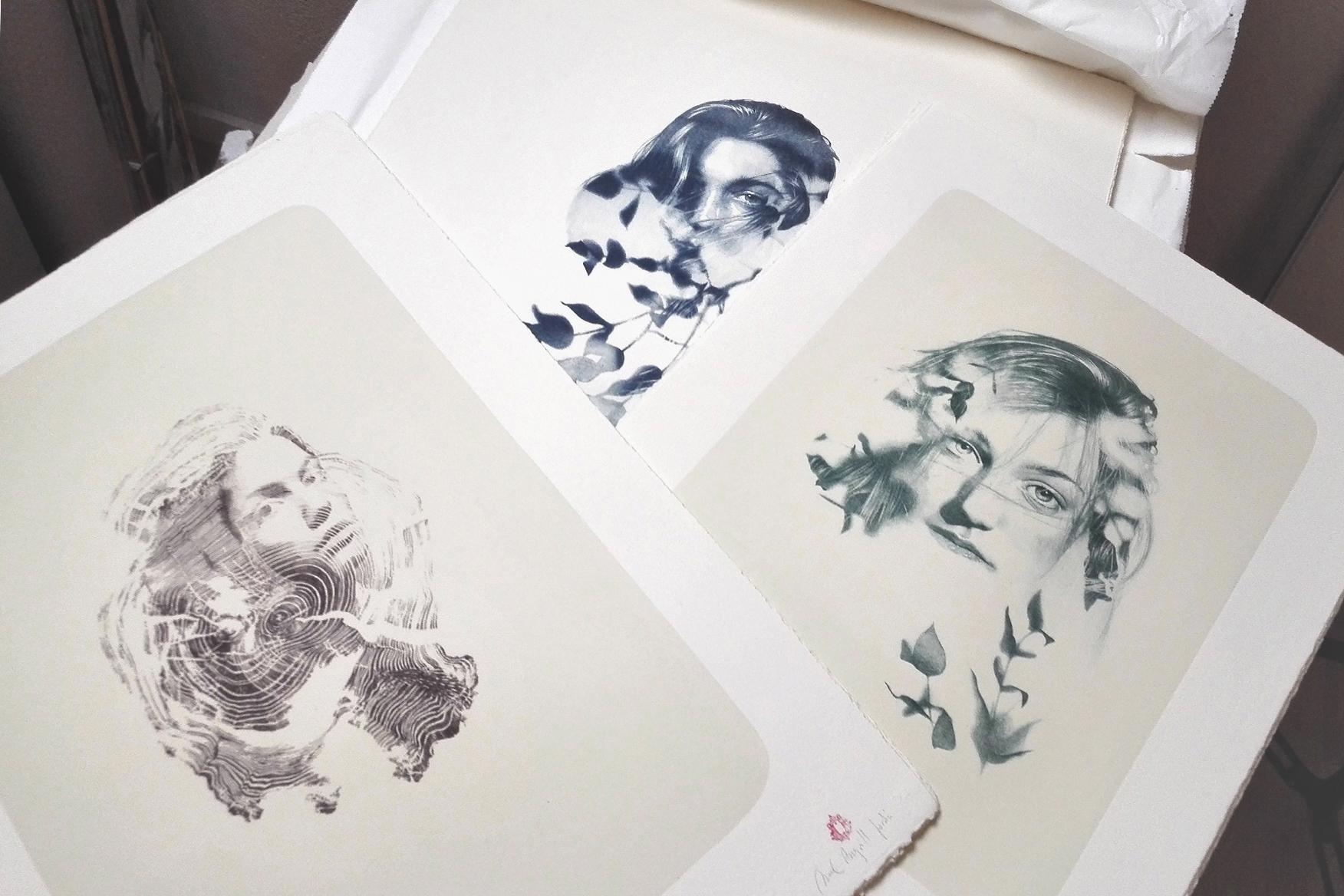This post is also available in: Spanish
Why collect graphic work?
There are many techniques for artistic creation which can include: drawing, oil painting, watercolours or sculpturing, among others. The world of fine arts is very broad and within the artistic disciplines there is also graphic work that, in turn, makes up a wide range of techniques and procedures.
In our article, ‘Everything you need to know about buying graphic work’, we already talked about this type of work. Now, in this post we are going to show you the advantages of collecting graphic work.
Why collect graphic work
- Prices are available to everyone
Yes, you are able to collect graphic work without the need to invest astronomical amounts of money. Sometimes, lack of knowledge makes many people who are interested in art not even consider collecting original graphic work for their homes.
There are many factors that influence the price of art. For example the technique used, the number of copies that constitute the edition or the dimensions of the work may be some of the characteristics to take into account when making your acquisitions.
Logically, the demand that the artist has will be the factor that determines the price of the work the most. Serigraphs are available to buy from Steve Kaufman or Shepard Fairey (to mention a few who well known artists) from 150 euros. The size, edition, signature and year are vital when assessing the work of any artist if you start collecting graphic work.
- It can be a very profitable investment
Andy Warhol revolutionized the art market by using industrial printing media to create some of his most important works. During those years many of these serial works were within financial reach of the average person. The serigraphs he made with the Factory in 1967 are sold today from 100,000 euros each and a complete portfolio such as the 10 Marilyns can cost one and a half million euros.
Another example: just a few years ago Banksy sold some of his serigraphs as ‘Christ with shopping bags’ or ‘Love is in the air’ for 500 and 100 euros respectively. The media impact that this urban artist has had in the last decade created such a demand that these same serigraphs reached auction prices of more than 20,000 euros each.
Bearing this in mind we want to tell you that there are artists that are re-evaluated so much that you can collect graphic work without numbering and without signing, which are valued at several thousand euros. Nor should we forget that the works from many of the emerging artists of today can be worth a fortune in the future, so it is advisable to look at young artists when you start collecting graphic work (see some examples here)
- Options to guide you through the catalogues
If you are interested in collecting graphic work, you may find yourself with excessive information, such as styles, artists or galleries that are available. For that reason, it may be difficult for you to set goals. Many artists have their own catalogue of graphic work.
These catalogues specify the year in which the works were made, the printing press and / or editor and the most important characteristics corresponding to each one of them. The collector can consult these catalogues and make sure that what he is buying corresponds to what is specified.
The catalogues help us structure and organize our collection. They can also be a useful tool, not only to know more about a specific work, but also to know the various works of an artist.
- Great diversity of styles to enhance your collection
In regards to the engraving, the serigraphy and the lithography, it is not unusual to meet collectors who only want to collect graphic work that corresponds to a specific style. The finishes vary, and not every artist can master them. For example, artists such as Antoni Clavé or Andrés Nagel are considered master engravers for their great mastery of etching.
Another example: Takashi Murakami’s lithographs stand out for having very refined finishes and using modern procedures that are not very conventional. Martin Whatsonretoca handcrafts some of his limited editions and has a profile of people interested in collecting graphic work.
- The possibility of acquiring exclusive works
As we have already mentioned, one of the factors that most influences the price when buying graphic work is the size of the edition. However, this is a relative value since a large edition for one artist may not be as much as another with a higher demand.
In addition, many artists work individually on each copy of the edition, so that through the incorporation of additional techniques such as acrylic or collage, they give each number more exclusivity by giving it a unique character.
Apart from the above, there are many other reasons why more people are deciding to collect graphic work. The diversity of techniques, the different styles and the difficulty in finding certain pieces are what make this activity something exciting.
But above all, collecting graphic work is not only investing in art, it is also investing in you, in your personal development. If you connect with a piece, it is very difficult for you to make mistakes. The biggest mistake you can make is buying something you do not love.
Remember: There are a lot of young artists in the market. Nowadays, what is emerging links more to the idea of research. Collecting graphic work cannot be separated from the act of searching, which is really what enriches us.
Are you a collector? Are you thinking about collecting graphic work? You can look at this catalogue.
